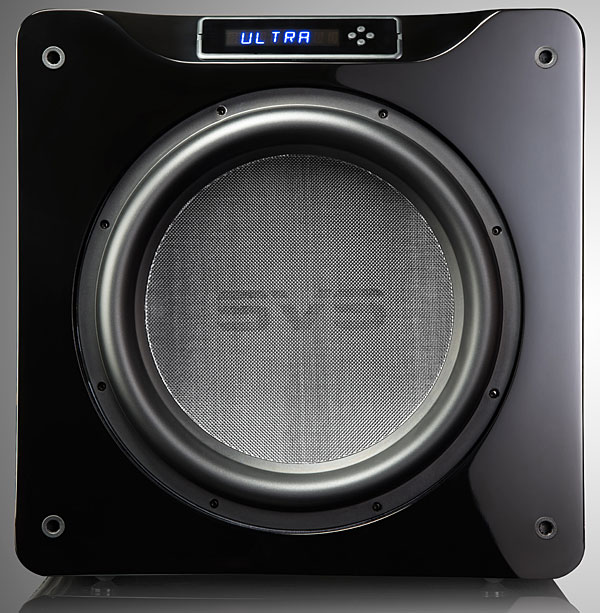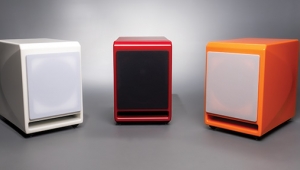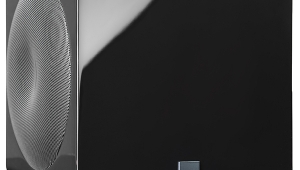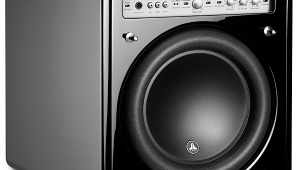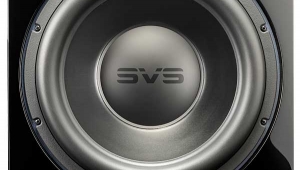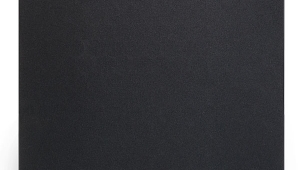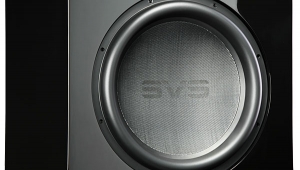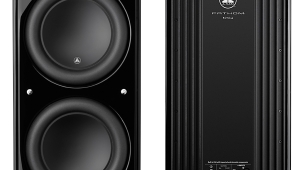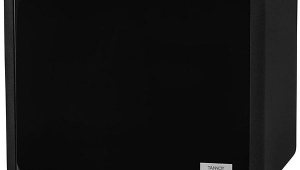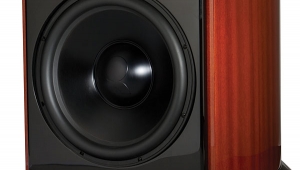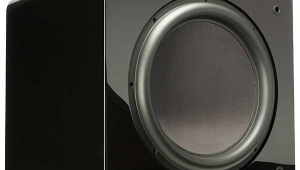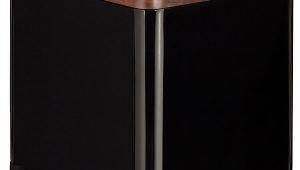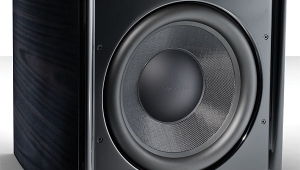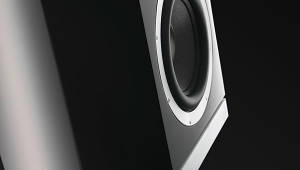| Columns Retired Columns & Blogs |
Lacks high level inputs which I have found are critical for audiophile applications.
Driving with high level input (parallel with speaker terminals) sounds better and integrates significantly better when the speakers respond to the amplifier's signal- not the preamplifier signal.
Doubly important when tube amplification is used.
Also of critical importance is a flat, musical frequency response through its useable range. Unfortunately no measurements were provided.
